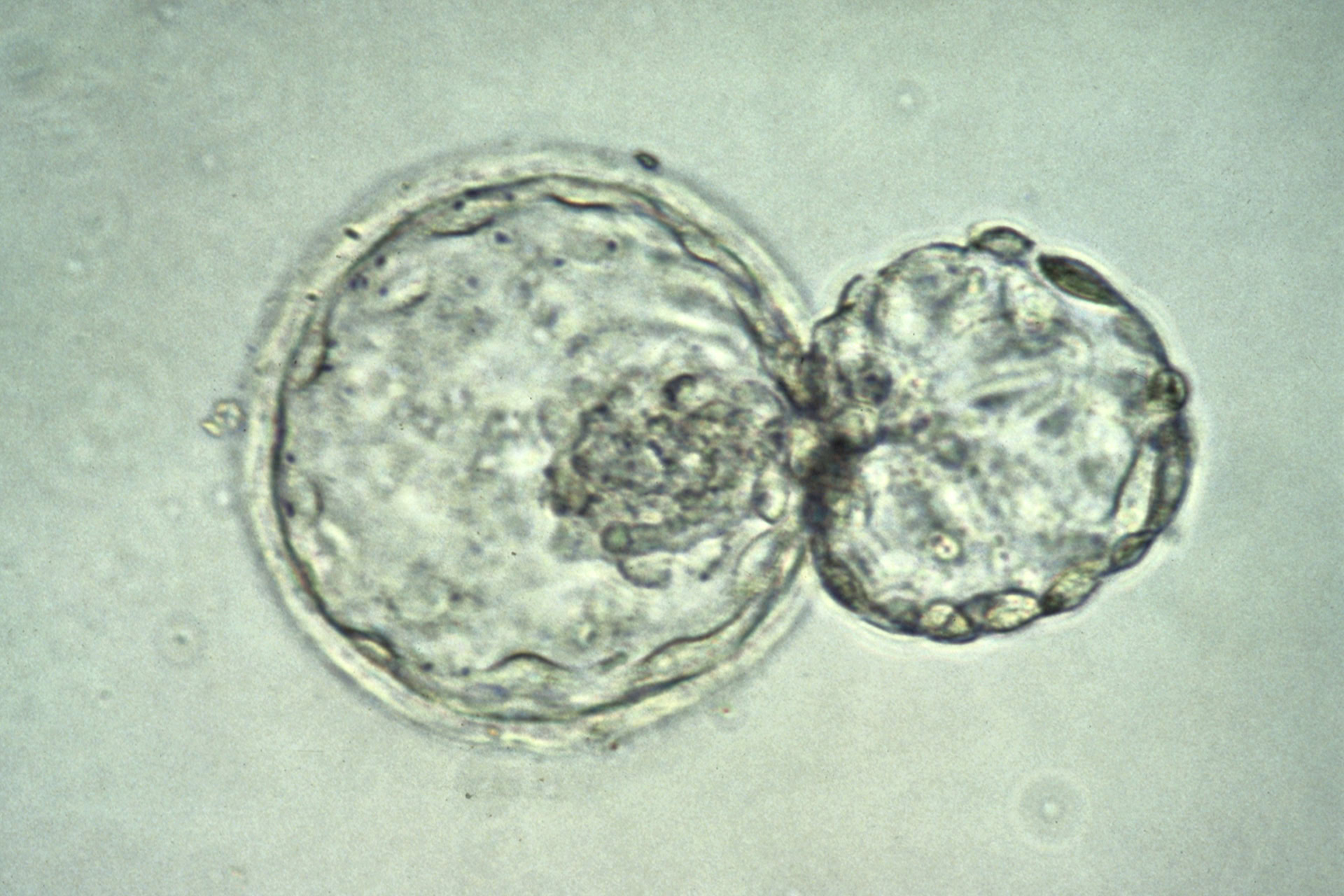Insulin-producing cells from pancreases grown in rats can cure diabetes when transplanted into mice, according to a study.
It is the first time that an interspecies organ transplant has treated a medical condition, and the mice only required a few days of immune-suppressing drugs rather than lifelong treatment.
In the study, scientists injected mouse pluripotent stem cells into rat embryos that had been genetically engineered to lack a pancreas. The rats grew pancreases that were genetically those of a mouse but contained rat blood vessels – a so-called interspecies 'chimera' organ. The researchers isolated a small number of pancreatic islet cells, which produce insulin, from the chimera organ and transplanted them into mice with diabetes.
'We found that the diabetic mice were able to normalise their blood glucose levels for over a year after the transplantation of as few as 100 of these islets,' said Professor Hiromitsu Nakauchi of Stanford University, lead author of the study, which was published in Nature.
'Furthermore, the recipient animals only needed treatment with immunosuppressive drugs for five days after transplantation, rather than the ongoing immunosuppression that would be needed for unmatched organs,' he added.
The team had previously reported growing rat pancreases in mice using a similar technique. Although the resulting mouse-derived organs were fully functional, they were much smaller than than a rat pancreas and did not produce enough islets for transplantation. By reversing the host animal from mouse to rat in this current study, Professor Nakauchi's team were able to isolate enough islets for transplantation into diabetic mice, and this successfully controlled the mice's blood sugar for over 370 days.
After 10 months, the researchers inspected the islets again and found that the mice's immune systems had eliminated all the rat cells. This is promising for the idea of growing human organs in other animals, Professor Nakauchi told Medical News Today. 'It suggests that any contaminating animal cells could be eliminated by the patient's immune system after transplant,' he said.
The researchers found no evidence of cell growth abnormalities such as tumour formation, which can often occur with pluripotent stem cells.
Type 1 diabetes occurs when the immune system attacks and destroys the body's own pancreatic islets, leaving the patient unable to produce insulin. Islet transplantation from healthy pancreases can be used to treat type 1 diabetes, but the islets cells are in short supply and recipients require immune suppression.
The study is a proof-of-principle of the viability of interspecies organ transplantation, for treating type 1 diabetes and for addressing donor organ shortages, said Professor Nakauchi.
Professor Robin Lovell-Badge of the Francis Crick Institute, who was not involved in the study, said the study was important. 'This work suggests that this technique might be a viable approach in humans if appropriate large animals can be used for chimeras... However, they need to establish these methods with a species with similar embryo development and size to humans – perhaps pigs,' he said.
Another study in Cell this week used a similar technique, transplanting human pluripotent stem cells into pig and cattle embryos (see BioNews 886).
Sources and References
-
First inter-species 'Frankenstein' transplant is achieved after a rat's organ is used to cure diabetes in a mouse (and HUMANS could be next)
-
Rat-grown mouse pancreases help reverse diabetes in mice
-
Interspecies organogenesis generates autologous functional islets
-
Mouse cells grown in rats cure diabetes in mice
-
Type 1 diabetes: Interspecies transplantation may be a viable treatment







Leave a Reply
You must be logged in to post a comment.